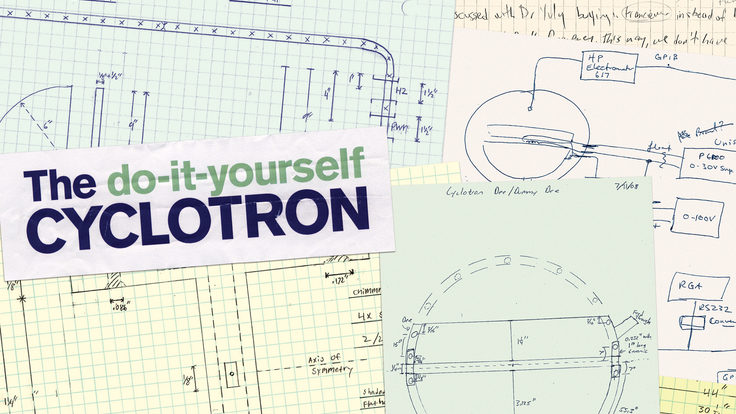It was standing room only in CERN's main auditorium yesterday as the laboratory's Director for Accelerators and representatives from each of the four large LHC experiments reported on the performance of their respective machines during the first few days of LHC operation. The "LHC Week 1" seminar was the first in a series of regular reports from the accelerator and experiments.
CERN's Director for Accelerators Steve Myers presented first, outlining the work that was needed to bring the LHC from the "dark days" of September 19, 2008, when a connection between two superconducting magnets melted and caused significant damage to the accelerator, to the "bright days" of this past weekend. Myers discussed the immense amount of work completed over the last 14 months to repair the damaged section of the LHC, install new systems to avoid a similar incident in the future, prepare the accelerator for beams, and finally create the first collisions. He went through the highlights of last weekend, from first circulating beams to first collisions, calling it "a truly remarkable seven days for CERN."
Myers also briefly detailed the work still ahead of the accelerator team. Before the beams can be ramped up to the maximum energy of 1.2 TeV for 2009, scientists must collect and analyze more data on the behavior of the accelerator with 450 GeV beams, and finish commissioning the beam protection systems. Only after those steps are completed will the beams be ramped higher in energy. Myers also reported that the decision has not yet been made regarding whether 1.2 TeV-per-beam collisions will take place in 2009.
The four large LHC experiments - ALICE, ATLAS, CMS and LHC - followed. One scientist from each experiment summarized the performance of their detector over the period from first circulating beams to first collisions, and presented the very first results with colliding beams.
You can watch the LHC Week 1 seminar online, or delve into the presentations for more details.






